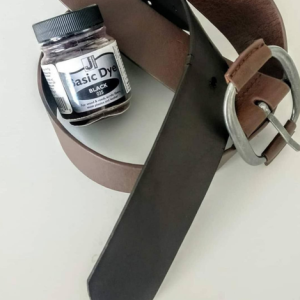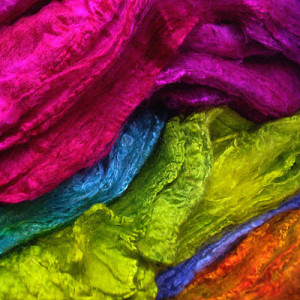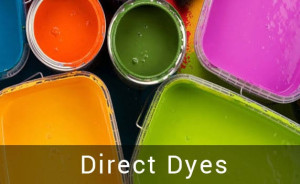When you think about color on your clothes, on paper around you, the food you eat and the many other everyday things that you use, the first thing that should come to mind is the use of dyes. Experts like reactive dyes manufacturers or textiles dyes manufacturers are needed so that the world and the little man-made things in it can get their colors denoted. Looking at the world of dyes, it can be noted that there are lots of kinds of dyes and the uses that they can be put to are limitless. Understanding the various kinds of dyes and how they are used, can help you get a sneak preview of what the world of dyes is.
Right from right from basic dyes to direct dyes and even herbal extracts, food colors and more, there are a lot of different kinds of dyes that are used across industries. While dyes are used in the dyeing of paper, ink, rubber, utility and petroleum products, among other things, the most common use of dyes is in the coloring of textiles. One among the biggest purchasing industries from reactive and basic dyes manufacturers are companies that work on the production and treatment of textiles to give color to them.
If you want to have a simpler understanding of how dyes work, you can choose to learn about the most important kinds of dyes that are commonly used across industrial units in India. Here are some of the alternatives that the best manufacturers of dyes offer:
Reactive Dyes:
One of the most in-demand kind of dye is the reactive dye. This dye from the best Reactive Dyes Manufacturers is majorly used in the coloring of textiles more than anything else. There are various different varieties in which reactive dyes are available. The sub-varieties of the dyes that are available under reactive dyes are named after certain properties that the dyes exhibit or the way in which the dyes are applied, for example the Hot or H dyes are applied under hot conditions.
Direct Dyes:
Direct dyes such as the Direct black 22, are known to be used commonly in the dyeing of paper and paper products. It is known that the light fastness of this dye is extremely high and that it is a highly demanded product for dyeing solutions that require excellent overall fastness qualities in a dye. Direct dyes Manufacturers in India, are greatly in demand for the wide range of colors that are made available by them in the direct dyes range.
Acid Dyes:
This is a variety of dye that is used commonly in the dyeing of fabrics that are not cellulosic. Textiles like acrylic, silk and more are dyes with the use of the products from the best Acid Dyes Manufacturers in the country. In this type of dye, manufacturers offer dyes right from dark colors like Acid black and acid blue to vibrant colors like acid yellow and Acid red.
These are some of the most commonly used and demanded dye varieties that are found in the country.
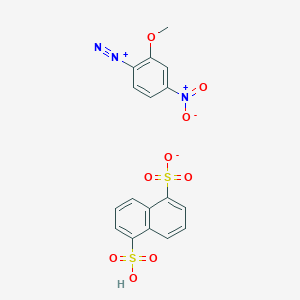
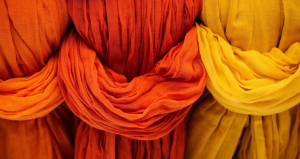
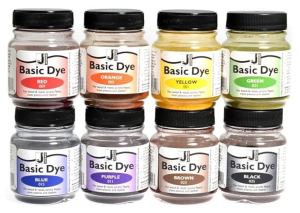 Classification according to processes
Classification according to processes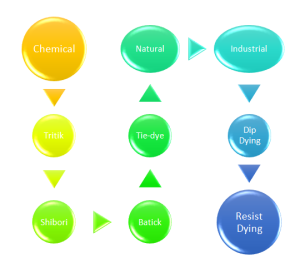 Some of the best examples of basic dyes are:
Some of the best examples of basic dyes are: